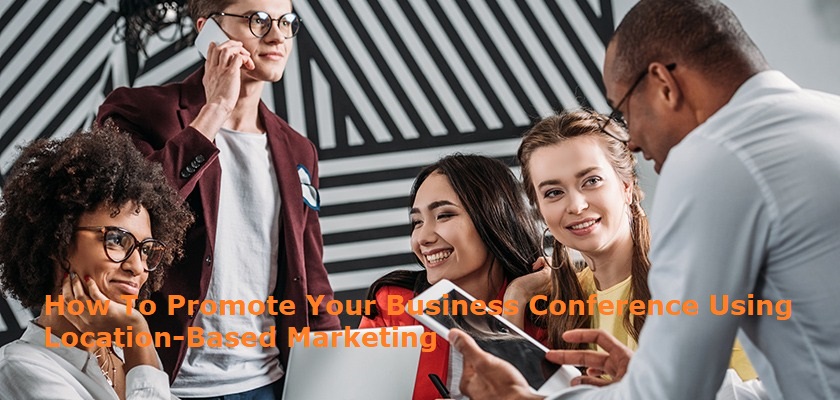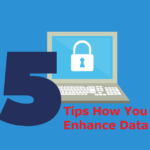Your speakers are lined up, the agenda is set, the food is scheduled for delivery, and the conference room is booked. Now comes the hard part… sending out invites and convincing industry pros to attend.
The good news is that event marketers have access to some fantastic data-driven tools and tactics that help them find the right audiences and entice them with some creative messaging.
Location-based marketing is leading that front. It has proved its mettle as an effective tool for getting the word out about your business and its events. In fact, 83% of marketers are convinced that their campaigns are more successful when powered by location data.
Additionally, location-based marketing is quite cost-effective at boosting foot traffic to your location while also increasing brand awareness.
What Exactly Is Location-Based Marketing And Why Use It?
Recent data shows that more than 225 million US citizens own a smartphone. This number includes 94% of all millennials. Additionally, more consumers spend time on their phones (3 hours 52 minutes) than they do watching TV (3 hours 22 minutes).
Thanks to its ever-increasing reach, the smartphone has become an attractive platform to market goods, services, and events. So naturally, you want to grab your prospective attendees by the eyeballs, and location-based marketing helps you do just that.
It’s no wonder that 86% of marketers believe location-based marketing results in a growing customer base as well as higher engagement. Here are some of the prevalent benefits of location-based marketing:
- Increased foot traffic to the conference
- More conversions from digital ads
- A better brand experience for the consumer
- Gather resourceful data about attendee behavior
- Facilitate digital check-ins and badge pick-ups
- Retarget attendees with personalized campaigns online after the event
Adding geolocation capabilities to corporate apps has become a popular way for event organizers to measure the popularity of certain sessions and figure out where attendees spend their time when on location at the conference.
Online Location-based Marketing Strategies
Studies suggest that 50% of companies struggle to get people to respond to invites.
In that case, online location-based marketing can be your best bet. Here are several ways to set up an unbeatable campaign using location data to your advantage. Let’s discuss each of these individually.
Optimize Your Local SEO
This effective search engine optimization strategy can help your business and event be more visible in local search results. Any time you host a seminar or conference at a geographical location, local SEO can be a great tool to promote it effectively.
However, know that it will only get you views and might not convert people into attendees. Still, there’s plenty of potential in this tactic if you use Google My Business to list and promote your event. Businesses that rank highly in local results get some amazing value from their listings. For example, 49% of companies listed on GMB get more than 1,000 views in search results every month.
Use location-specific keywords and location-specific content on your website. That way, you can target people from that specific region, improve your conversion rates and get more people to your event. You can also amplify the responsiveness of this strategy by optimizing your “Google My Business” listing to help your consumers locate you easily.
Social Media Marketing
45% of event planners believe that social media is the best way to attract audiences to join your event.
That’s because platforms like Facebook and Instagram let you optimize your ads by targeting audiences within a specific geographical location and also by profession. This way, you can be sure that your posts, flyers, videos, and other marketing content are only shown to people who’d be interested in attending, putting your marketing dollar to good use.
However, your marketing collateral must be interesting, engaging, and highly informative at the same time. And don’t forget to use bespoke hashtags with every single post you put up.
Additionally, use images in every ad because content with appropriate images gets 94 percent more total views than content without them. This means using brand-appropriate colors and flyer designs to ensure good results.
Pay-Per-Click (PPC) Advertising
Of all the people who see your PPC ad, you can count on 65% of them to click-through to your website. So, if you need results fast, it’s time to start PPC advertising because only 35% of your traffic can be attributed to organic efforts.
These ads should be made location-specific to filter out irrelevant audiences. This improves the conversion rate of your ads, making them more effective. This can also save you from irrelevant clicks from people outside your targeted segment.
Wrapping up
Location-based marketing doesn’t have to be difficult, thanks to a myriad of free and paid tools out there. Whether you are looking for poster templates for your business conference, social media scheduling tools, or live streaming platforms to enhance the effectiveness of your event marketing efforts, it’s all easily found online.
So, make sure you have a plan and then target local audiences using location-based marketing for maximum impact.




